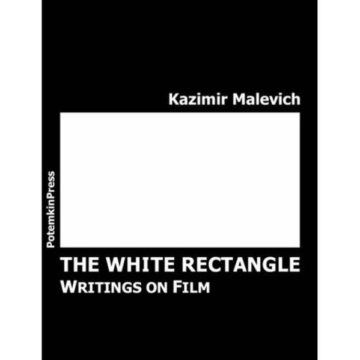What did Kazimir Malevich (1878-1935), the proponent of pure abstraction in painting, have to do with film, that mechanical repository of everything that is banal and worthless? It was only in 1924 that Malevich described film as a system that fixed reality beyond the cultural idea. Nonetheless, between 1925 and 1929, he wrote several articles on film as well as a script.
These texts, by the man who created the ‘black square’, which are assembled in this volume and translated into English for the first time, lead us to the heart of the debate about movement and acceleration as central metaphors for modernity in the international avant-garde. His contradictory reflections on this new medium document the friction between the metaphysical program of Suprematist abstraction and the mediatic attributes of film.
Malevich arranges the melodramas of Mary Pickford, the comedies of Monty Banks, the films of Sergei Eisenstein, Dziga Vertov, Walter Ruttmann, and Yakov Protazanov within his historical model of the rise of Modernism from Cezanne through Cubism and Futurism, to Suprematism. In this process, almost all of his essays deal with the ‘missed encounter’ between film and art, because Malevich perceives film as the perfected form, not of Naturalism but of the principles of the new painting – dynamism and abstraction.
- Veröffentlicht am Montag 18. Februar 2002 von PotemkinPress
- ISBN: 9783980498975
- 248 Seiten
- Genre: Film, Fotografie, Hardcover, Kunst, Softcover, TV, Video
